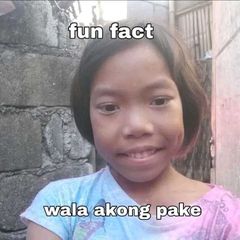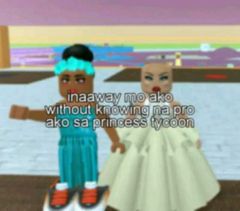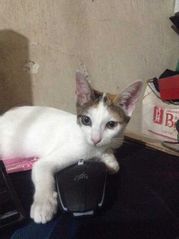![]()
![]()
![]()
Use LEFT and RIGHT arrow keys to navigate between flashcards;
Use UP and DOWN arrow keys to flip the card;
H to show hint;
A reads text to speech;
34 Cards in this Set
- Front
- Back
- 3rd side (hint)

It is a reason or set of reason given with the aim of persuading others |
Argument |
Balagbagan |
|
|
It is a piece of writing that takes a stance on an issue |
Argumentative essay |
|
|
|
The position or stand taken by the writer |
Claim |
TERMS USED IN ARGUMENTATION |
|

It is provided to support a claim |
Reason |
Kung san sya magaling, char |
|
|
Opposing position, counterargument |
Counter claim |
TERMS USED IN ARGUMENTATION |
|

Refutes or disproves the counterclaim |
Rebuttal |
Kaya naghihiwalay Yung magjowa |
|
|
3 COMPONENTS OF AN ARGUMENTATIVE ESSAY |
introduction, body, and conclusion |
|
|
|
It is called the gateway of an essay because it attracts the attention of readers to the essay |
Introduction |
|
|

It is called the "heart of an essay" |
Thesis statement |
Nasa introduction |
|
|
It is the paragraph where facts of the given thesis statements of the essay are written |
BODY |
|
|
|
It is the argument to refute earlier arguments and give weight to the actual position |
Refutation/counter argument |
|
|
|
Rephrasing the thesis statement, major points, call attention or just having the concluding remarks. |
Conclusion |
|
|
|
It explains a specific topic, and usually answers the 5ws |
Informative writing |
|
|
|
STRUCTURE OF INFORMATIVE WRITING |
introduction, body, conclusion |
Also present in argumentative essay |
|
|
Thesis statement is found |
Introduction |
|
|

It is known as the "road map" of an informative text |
Thesis statement |
Sa introduction |
|

Where the thesis statement is fully explained and also provide facts, statistics and other supporting detail |
Body |
|
|
|
Reiterates the thesis statement and summarizes the main points of the informative text |
Conclusion |
|
|
|
Is a type of writing that aims at convincing people to think, feel, or to act in the writer's way |
Persuasive writing |
|
|
|
What does persuasive writing usually contains? |
The writer's opinion, evidence or information to support the writer's opinion |
|
|

This is a question that is not intended to be answered, instead, it is meant to state the obvious, or to challenge the readers to make them think |
Rhetorical question |
TECHNIQUES IN PERSUASIVE WRITING |
|
|
Repeating key words or phrases will likely make the readers remember them |
Repetition |
Parang utos ni mama |
|
|
This is the technique that would convince a reader to believe an idea because the majority of everybody else believes it's true |
Bandwagon |
TECHNIQUES IN PERSUASIVE WRITING |
|

STRUCTURE OF AN PERSUASIVE WRITING |
Introduction, body, and conclusion |
Also present in argumentative and informative writing |
|
|
it is an in-depth evaluation of a story, novel, film, or other reading/viewing materials for the purpose of giving the public an insight into the text |
CRITIQUE |
|
|

elements that make a critique so informative |
setting, characterization, conflict, plot, theme, and style |
|
|
|
STRUCTURES OF AN CRITIQUE |
IIntroduction, body, and conclusion |
|
|
|
some additional reminders in making a critique paper |
- avoid introducing your ideas by stating "i think" or "in my opinion" cause it weakens the analysis |
|
|

it discovers the true meaning of a work by giving attention to the form or structure, elements, and literary devices operating in it. |
FORMALISM |
|
|
|
it is the evaluation, analysis, description, or interpretation of literary works. |
LITERARY CRITICISM |
|
|
|
is a person who judges, evaluates, or analyzes a literary piece |
critic |
|
|

means to critically evaluate, analyze or give careful judgment in which you give your opinion about literary work. |
critique |
|
|
|
informative writing is sometimes called as? |
explanatory writing |
|
|
|
it is the most complex skill in communication |
listening |
|

